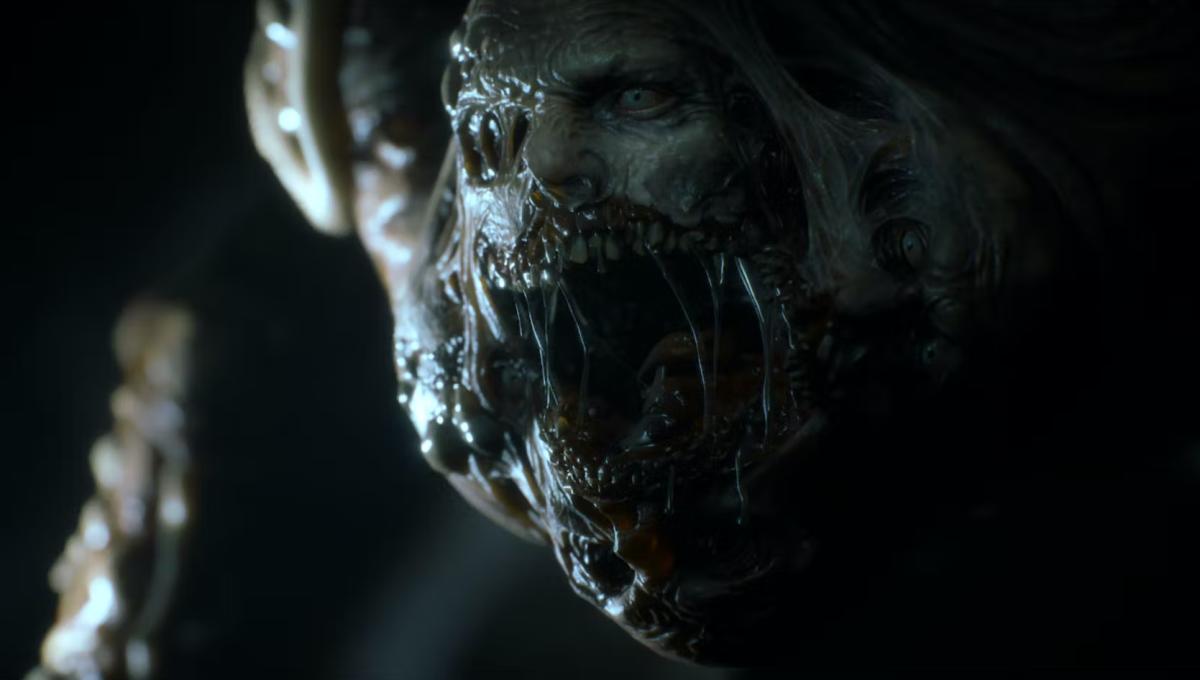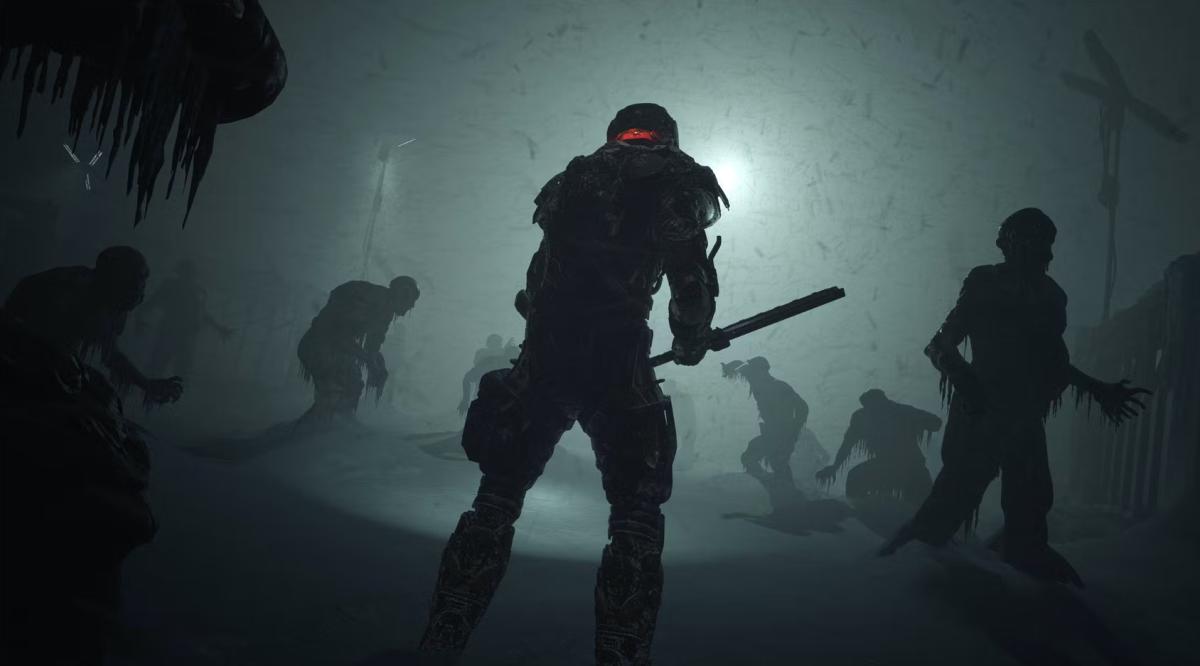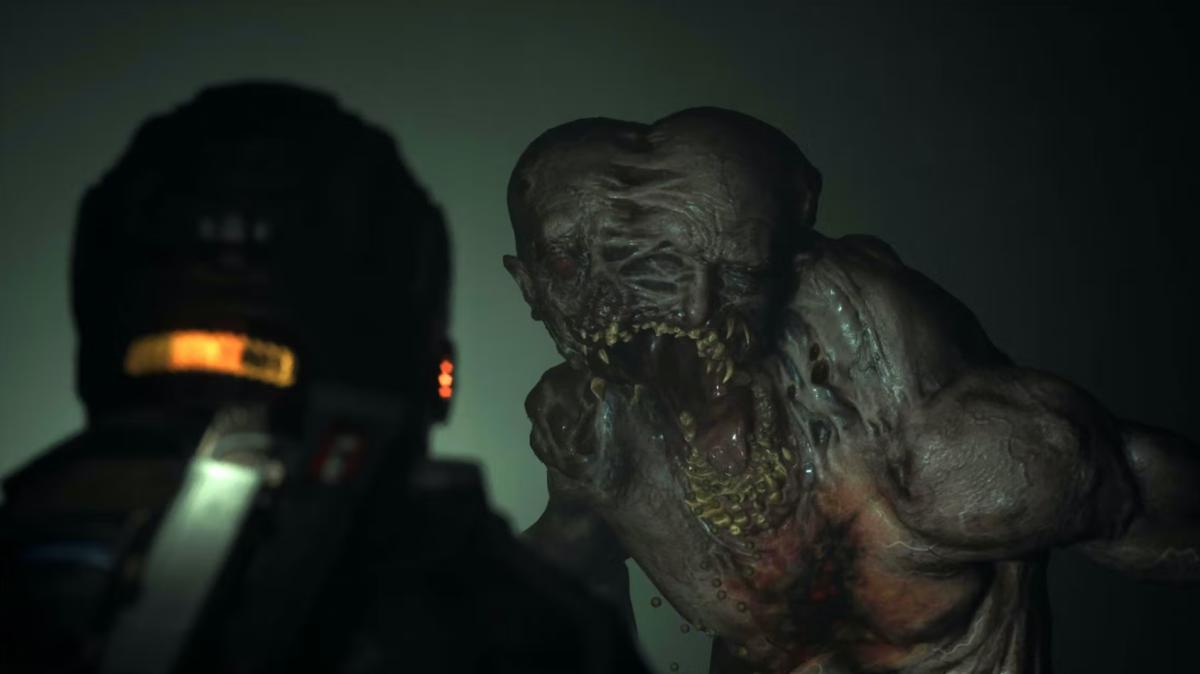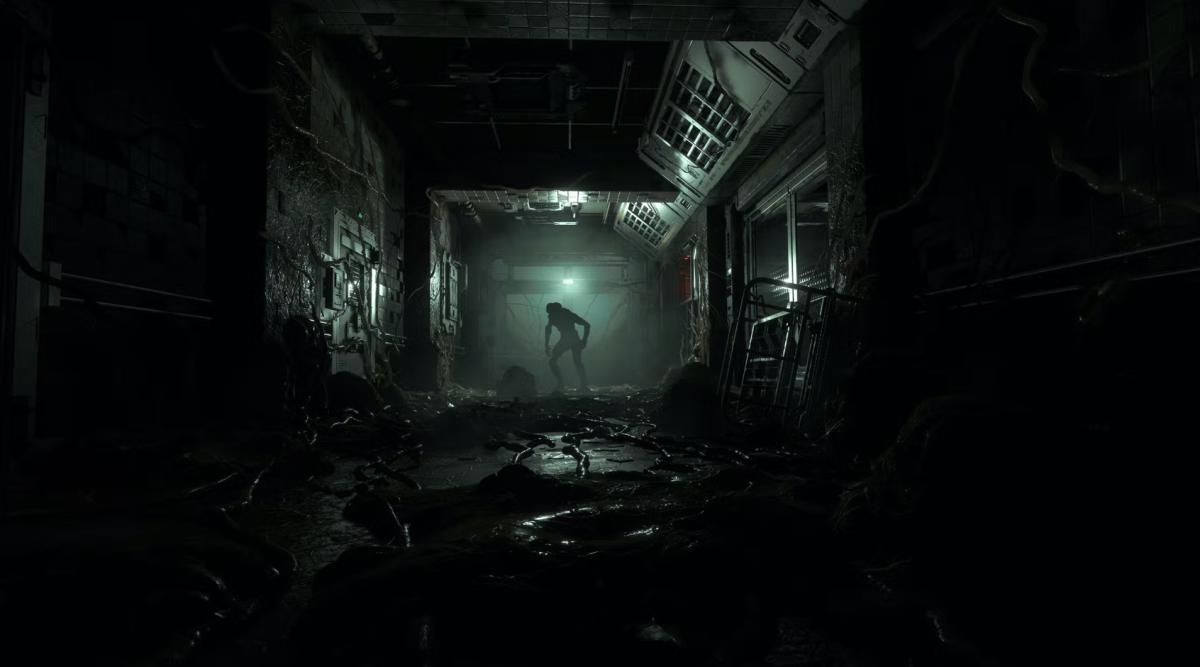The Callisto Protocol interview - a deep dive into the gore systems

Gore, huh, yeah. What is it good for? It’s a question humanity has asked itself since Edwin Starr sang those lyrics in 1969, but these days we know the answer: survival horror games. With The Callisto Protocol hanging over the event horizon, we sat down with Striking Distance Studios’ character director, Glauco Longhi, to talk about blood, guts, and lopped-off limbs.
As we’re setting up the Zoom call to chat, Longhi’s camera cuts out, revealing a profile photo of him adding the finishing touches to Frankenstein’s face, back from when he worked on movies in Brazil. He joined Striking Distance after a stint working on Uncharted 4 and God of War Ragnarok, and was tempted back to his horror roots by creative director Glen Schofield’s nightmare vision.

Set on a prison colony on Jupiter’s Moon, The Callisto Protocol feels like the evolution of the game Schofield is most famous for – Dead Space. Anyone who’s played will know dismemberment was a back-of-the-box feature. Hunted by alien creatures with spindly limbs, your only line of defense was a range of mining lasers and your ability to read the directive in the blood graffiti on the walls – “cut off their limbs”. The alien threats in Callisto won’t need slicing up in quite the same way, but that doesn’t mean you can’t. There are aliens to shoot, and they will come apart as you do.
While the team isn’t ready to talk about all the things that skitter and scatter in the dark corners of Black Iron Prison just yet, you’ll be facing off against a variety of enemy types, including rushers, flankers, and fodder.
“The way we designed these creatures was mainly based on different needs,” Longhi explains. “So for example, we may need to have a character that runs around on walls. So then we gotta come up with a cool design that allows the creature to climb up the walls and run faster. Some creatures came from the art perspective, though, like, ‘Hey, let's just do something that is very crazy looking.’ And then we put that in the game and find a way of making it work.”

Inspirations included the usual suspects such as Event Horizon and Alien, but there was also another unlikely source.
“Even some cartoons, like SpongeBob,” Longhi says. “We look at cartoons on the stylization and movement because, although it's super real and immersive, we stylized a lot of things to make them more appealing. So some of the movements, and in the case of the gore, the blood, and how we remove the limbs, there's a push of style to emphasize some of these actions. Cartoons do that very well. Disney, Pixar, or whatever – they give you the message right away. If there’s a fast character, you get it right away [from the] strong silhouettes.”
Striking Distance didn’t spend time slicing up pork in a secret meat room to research the gore, instead focusing on that style. Video games, movies, and artwork were the main reference points when trying to figure out how to sell what happens when you crack an alien’s limb with a steel pipe – all that research done with the goal of making it feel like your actions matter, rather than making you puke up your lunch.

“We want the player to be able to hit the enemy and have the proper reaction to those hits,” Longhi says. “And also at the same time, if the enemy hits you, we also want the player to feel that the same will happen to them. So it's more like enhancing real life in a way. It's not real life because we're not fighting, but if someone hits you in the head, we expect you to feel the same type of reaction. Maybe he can rip your head off too. Maybe he can rip your arms off the same way you can to the enemy.”
This is possible because everyone in Callisto is a squishy meat puppet – the enemies, NPCs, dead bodies, and you. If you can do something to an enemy, the enemy can do the same to you. It’s about consistency. Speaking of consistency, human flesh isn’t a match against razor-sharp claws and the spinning gears of industrial machinery. Keep your hands by your sides at all times.
“That system was built in a way that gives animators the freedom to dismember the limbs and give designers the ability to dismember the limbs, it gave environment artists the ability to dismember characters,” Longhi explains. “So for example, you might face areas where you have these environmental hazards, and you could step on them, and you die. We can add things very easily now. So it's basically if you have an idea – yes, we can do it. There are no limitations anymore.”

Outside of the limb-lopping, bullet wounds appear wherever you hit an enemy, and they grow with successive shots on the same spot, gaping open like the eyelid of a reanimated corpse, revealing the rotten viscera beneath. This isn’t just a flashy visual effect either, as certain enemies may evolve in different ways depending on where you hit them, a bit like Resident Evil 4’s tentacle-sprouting Ganado.
Then, of course, there’s the blood – dark and sticky, glistening in the prison’s emergency lighting. “If you shoot an enemy, you would expect that blood to hit walls, you expect that blood to hit other enemies,” Longhi says.
According to Longhi, the red stuff does what liquid does, hitting your face mask when you’re up close, smearing on the floor as boots scrape the ground, and dripping from ceilings and edges. Push an enemy into an environmental hazard and you’ll get sprayed up worse than an anime character after a sword dash.
“It's very directed,” Longhi says. ”Whatever happens on screen, we wanted to get a proper visual response to it.”
The Callisto Protocol is out on PS4, PS5, Xbox One, Xbox Series S|X, and PC on December 2. Bring some wet wipes.
